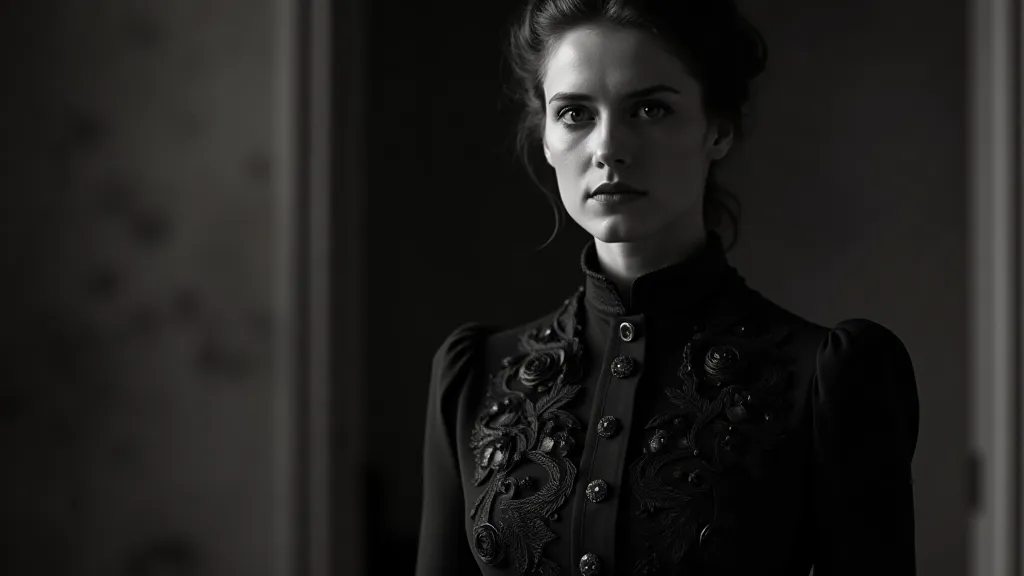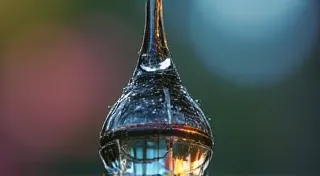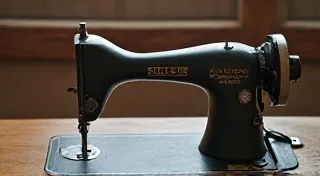The Button’s Requiem: Mourning Rituals and Black Glass Buttons
There's a peculiar beauty in melancholy, a quiet dignity in remembrance. And within the world of vintage buttons, nowhere is this more profoundly expressed than in the somber elegance of black glass buttons. They aren’t simply fasteners; they are whispers of a bygone era, fragments of lives lived and lost, tangible echoes of Victorian mourning rituals that once shaped society.
I remember the first time I encountered a cluster of these buttons. I was at a small antique market, sifting through boxes of miscellaneous treasures. They weren't brightly colored or intricately designed; they were dark, unassuming, and initially, I almost overlooked them. But something drew me to them – a stillness, a sense of quiet gravity. Examining them closely, the subtle imperfections in the glass became fascinating, each tiny bubble and swirl a testament to their handcrafted origin. It felt like holding a piece of a secret, a forgotten story.
The Victorian Obsession with Mourning
To understand the significance of these black glass buttons, we must first understand the Victorian era's complex and highly formalized mourning customs. Queen Victoria's grief following the death of her husband, Prince Albert, in 1861, served as a model for mourning practices throughout the British Empire and beyond. Elaborate rituals, specific dress codes, and prescribed periods of mourning became deeply ingrained in Victorian society. The length of mourning varied depending on the deceased’s relationship to the mourner – a parent’s death required longer observance than a distant relative’s.
During the initial period of intense mourning (often a year or more), women were expected to wear black clothing, often unadorned, and restrict social interactions. Jewelry made from jet, black onyx, and black glass became ubiquitous, serving as outward signs of grief and sympathy. Men also observed mourning customs, though their observances were generally less ostentatious, involving black armbands and subdued attire.
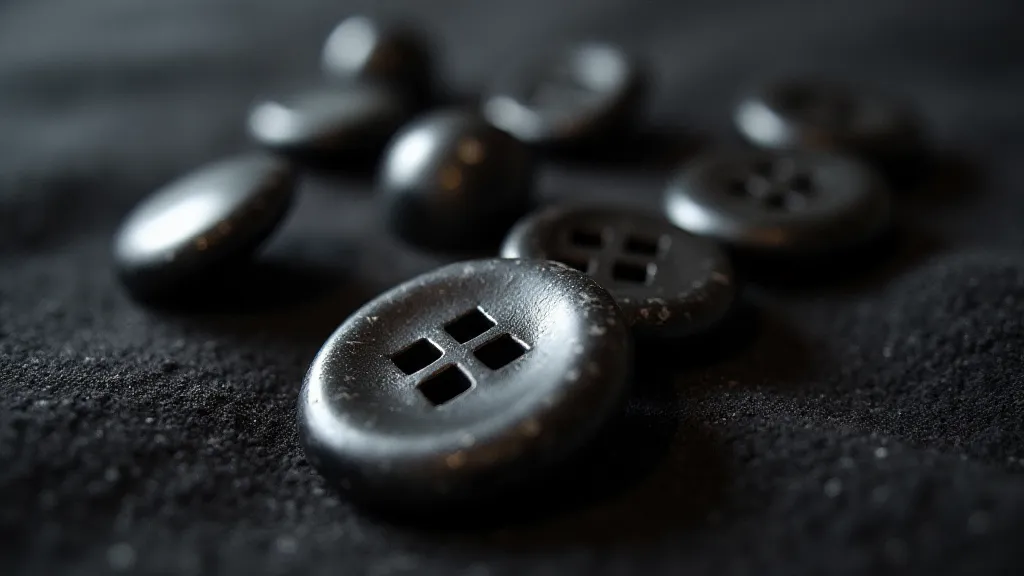
The Rise of Black Glass Button Production
The demand for mourning jewelry and accessories created a boom in the production of black glass. While jet, a naturally occurring black gemstone, was the preferred material, it was expensive and difficult to work with. The advent of glassmaking techniques, particularly in Bohemia (modern-day Czech Republic) and England, allowed for the mass production of affordable black glass alternatives. These black glass buttons were a practical and economical choice for those who wanted to outwardly display their grief.
The quality of black glass buttons varied considerably. Some were crudely made, with visible flaws and uneven surfaces. Others were skillfully crafted, with a surprising depth of color and clarity. The best examples exhibited a subtle iridescence, a shimmering effect caused by the interaction of light and microscopic imperfections in the glass. This iridescence, often referred to as “luster,” is highly prized by collectors.
Symbolism and Meaning
Beyond their practical function as fasteners, black glass buttons carried significant symbolic weight. Black, of course, is universally associated with mourning, death, and remembrance. The glass itself, being transparent, could be interpreted as representing the veil between the living and the deceased. Some theorize that the slight shimmer of luster in some buttons represented the soul departing.
Buttons were often sewn onto mourning garments – dresses, shawls, and bonnets – and were sometimes incorporated into mourning wreaths and other memorial displays. Their presence served as a constant visual reminder of the loss and a demonstration of respect for the deceased. The number of buttons used often reflected the closeness of the relationship to the departed. A widow might wear a dress covered in black glass buttons, a powerful and poignant display of her enduring grief.
Craftsmanship and Collector's Insights
Examining a black glass button reveals a glimpse into the ingenuity and skill of Victorian glassmakers. While mass-produced, the process wasn't entirely automated. Each button was likely formed by blowing a gob of molten glass into a mold, then carefully shaping and cooling it. The slight imperfections – the bubbles, the swirls – aren't flaws; they’re hallmarks of handcraftsmanship.
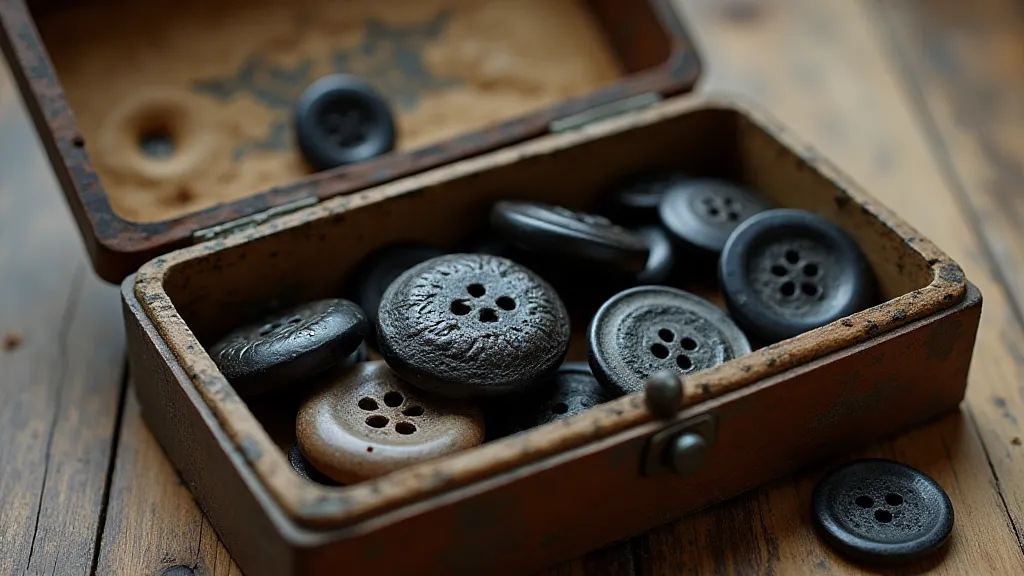
When collecting black glass buttons, several factors influence their value. Condition is paramount; chips, cracks, and scratches detract from their desirability. Size and shape also play a role, with larger and more unusual buttons commanding higher prices. The presence of luster is a significant indicator of quality, and buttons with particularly strong luster are highly sought after.
Restoration of these buttons should be approached with extreme caution. Attempting to polish away imperfections can easily damage the glass and diminish their antique charm. Cleaning is best accomplished with a soft cloth and gentle soap, avoiding harsh chemicals or abrasive materials. The goal is to preserve their integrity, not to artificially enhance their appearance.
A Lasting Legacy
The Victorian era’s strict mourning customs eventually faded, but the black glass buttons remain— tangible links to a time when grief was publicly acknowledged and meticulously observed. They are more than just fasteners; they are vessels of memory, embodiments of a deeply ingrained cultural tradition.
Holding one of these buttons in your hand allows you to connect with the lives of those who wore them – the grieving widows, the mourning children, the individuals who sought solace in outward displays of sorrow. They remind us of the universality of loss and the enduring power of remembrance.
The next time you encounter a cluster of black glass buttons, take a moment to appreciate their history, their craftsmanship, and the profound emotions they represent. They are a testament to the human need to mourn, to remember, and to find beauty even in the face of sorrow.
